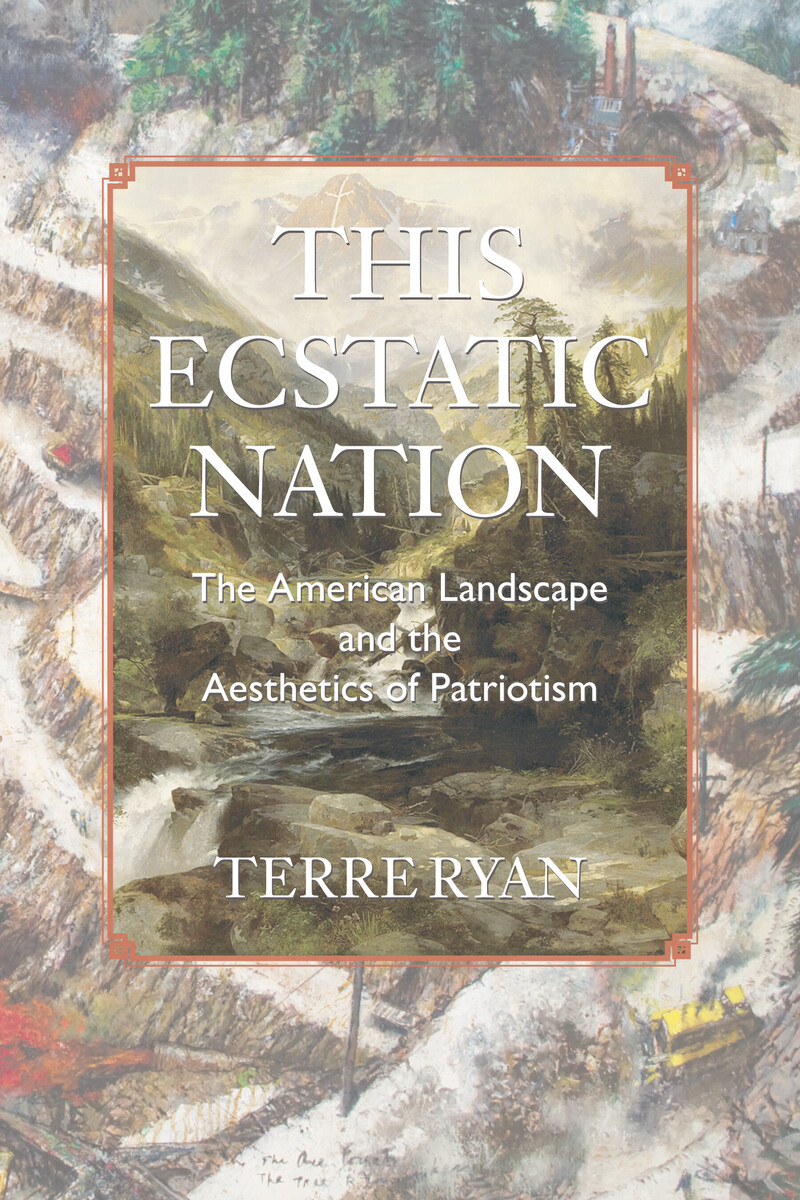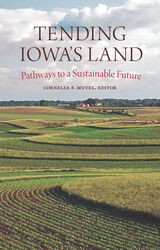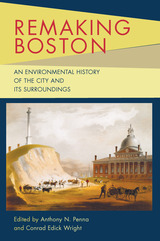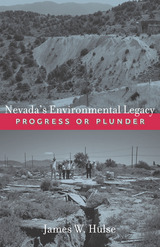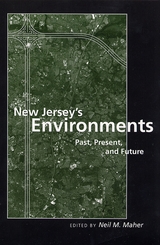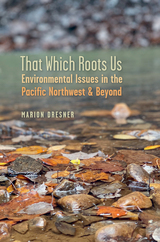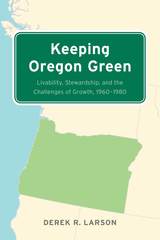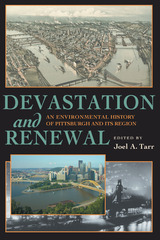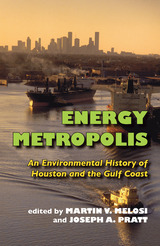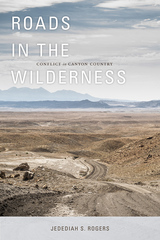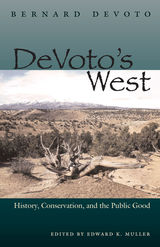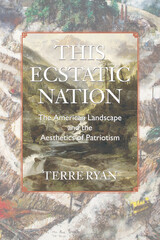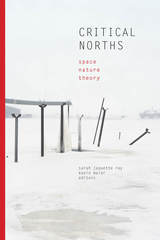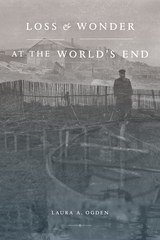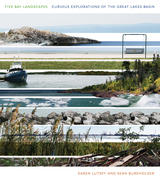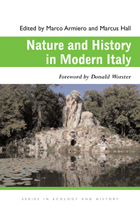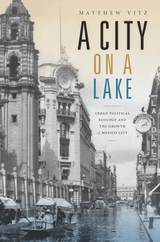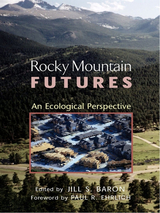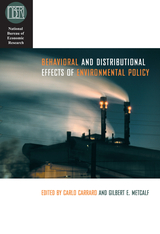This Ecstatic Nation: The American Landscape and the Aesthetics of Patriotism
University of Massachusetts Press, 2011
Cloth: 978-1-55849-872-3 | Paper: 978-1-55849-873-0 | eISBN: 978-1-61376-003-1
Library of Congress Classification GE155.W47R93 2011
Dewey Decimal Classification 363.700978
Cloth: 978-1-55849-872-3 | Paper: 978-1-55849-873-0 | eISBN: 978-1-61376-003-1
Library of Congress Classification GE155.W47R93 2011
Dewey Decimal Classification 363.700978
ABOUT THIS BOOK | AUTHOR BIOGRAPHY | REVIEWS
ABOUT THIS BOOK
Americans' cultural love affair with their country's landscape started in the nineteenth century, when expansionism was often promoted as divine mission, the West was still the frontier, and scenery became the backdrop of nationalist mythology. With a promise of resources ripe for development, Manifest Destiny–era aesthetics often reinforced a system of environmental degradation while preserving the wide and wild view. Although the aesthetics have evolved, contemporary media are filled with American landscape images inspired by the nineteenth century.
Terre Ryan examines this phenomenon by exploring the overlapping trails of national mythology, landscape aesthetics, patriotic discourse, and public policy. Tracing her journeys around bombing grounds in Nevada, logging sites in Oregon, and energy fields in Wyoming, she argues that business and government agencies often frame commercial projects and national myths according to nineteenth-century beliefs about landscape and bounty. Advertisements and political promotional materials following this aesthetic framework perpetuate frontier-era ideas about the environment as commodity, scenery, and cultural trashlands. Transmitted through all types of media, nineteenth-century perspectives on landscape continue to inform mainstream perceptions of the environment, environmental policies, and representations of American patriotism.
Combining personal narrative with factual reportage, political and cultural critique, and historical analysis, Ryan reframes the images we see every day and places them into a larger national narrative.
Terre Ryan examines this phenomenon by exploring the overlapping trails of national mythology, landscape aesthetics, patriotic discourse, and public policy. Tracing her journeys around bombing grounds in Nevada, logging sites in Oregon, and energy fields in Wyoming, she argues that business and government agencies often frame commercial projects and national myths according to nineteenth-century beliefs about landscape and bounty. Advertisements and political promotional materials following this aesthetic framework perpetuate frontier-era ideas about the environment as commodity, scenery, and cultural trashlands. Transmitted through all types of media, nineteenth-century perspectives on landscape continue to inform mainstream perceptions of the environment, environmental policies, and representations of American patriotism.
Combining personal narrative with factual reportage, political and cultural critique, and historical analysis, Ryan reframes the images we see every day and places them into a larger national narrative.
See other books on: Effect of human beings on | Land use | Landscapes | Nevada | Oregon
See other titles from University of Massachusetts Press
